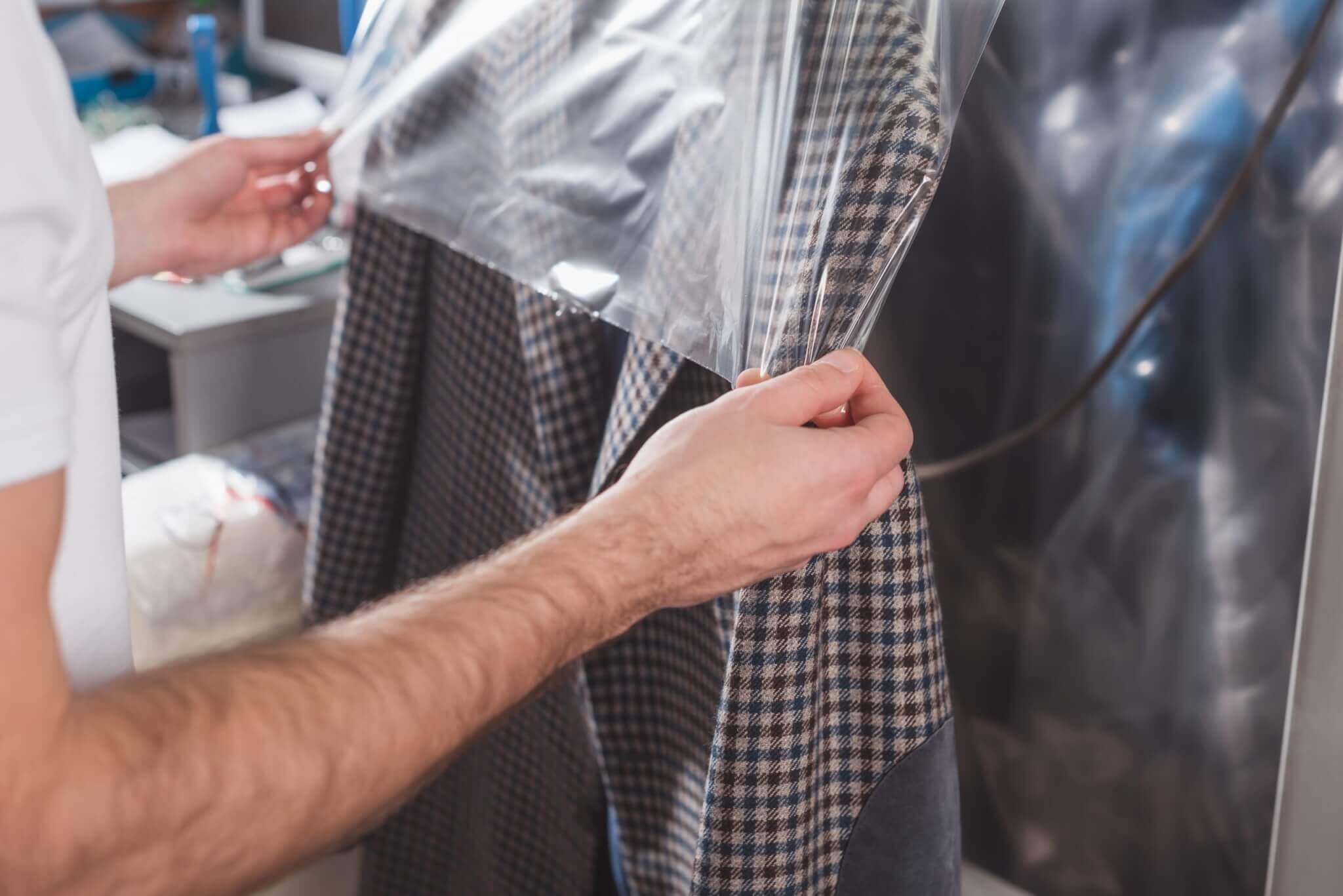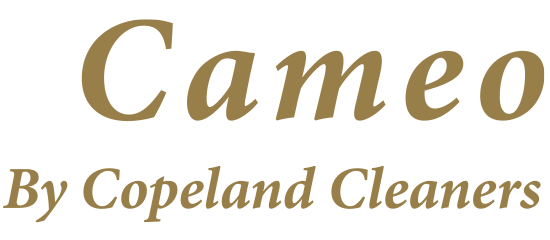How Your Clothes Care Choice Makes a Difference to the Environment

We all like to look after our clothes and look our best. How we do that has become more important as we choose the method that looks after the planet, too.
Almost every type of industry has a previous bad news story that hangs around for far longer than the good news stories, and no matter how hard you try to shake it off, the mud sticks.
But despite what you may have heard about dry cleaning, there are lots of good things to be said about the Aftercare sector.
Closed Loop
A dry-cleaning machine is a closed loop system. A closed loop system means that all the waste stays in the machine; anything from Lint to microfibers / microplastics to dirt. The removal of waste will tend to be regulated depending on where in the world your local cleaner is. However it works, a closed loop system ensures that the waste will not end up in the waterways.
Carbon Emissions
In August 2021, a report by the UN’s Intergovernmental Panel on Climate Change (IPCC) was issued and delivers the starkest warnings yet. The latest findings, approved by 195 member states, deal with the physical science basis of climate change and the contribution of humans to that change.
No region on Earth has escaped the impacts of the climate crisis. The report states that “human-induced climate change is already affecting many weather and climate extremes in every region across the globe.” It clearly expresses that in the not-too-distant future, heatwaves, heavy rainfall, and droughts will become more common and extreme.
Reducing carbon emissions helps reduce global warming and its effects. It’s the responsibility of all of us – Individuals, businesses, and governments to reduce our respective footprints. By reducing gas and electricity usage in a dry-cleaning plant can make a big different.
Aside from switching off lights, by using the GreenEarth proprietary solvent, utility usage can be reduced by as much as 50 percent. Not just gas and electricity, but water too!
Detergency
The story of detergents and how they are made has changed drastically over the last 10-20 years. For example, the GreenEarth detergent used in the dry-cleaning process, is its gentlest yet and most effective. To that end, the necessary dosage levels are lower, too. And best of all, it is so gentle, the Hazardous Warning symbols that you would see on hundreds of household products, are not required on the labelling of the GreenEarth detergent.
Single use bags
Single use plastic is a well-known “no-no” when it comes to the environment. Many dry cleaners have been offering customers a ‘garment carrier’ for many years, either to buy or as part of a loyalty scheme. Most are breathable, so the carrier can be hung in the closet straight away, retaining their clean scent, whilst also avoiding tonnes of plastic going to landfill.
Hanger recycling
Plastic and metal hangers do form an important part in ensuring that a garment stays in good shape after it’s pressed and until it gets hung up in the closet.
Now, some customers will keep them on those hangers, but others discard them to place them on their own hangers. It doesn’t have to be that way. We would be delighted to receive them back, either when you’re passing or just when you bring in your next order in.
It keeps the demand down, which means that the earth’s finite resources are being protected, plus they do not end up in landfill sites. You’ll also be saving your local independent dry cleaner a few cents too.
Maximized loads
There will always be cases where a garment needs to be cleaned the same day or the next day, but many customers are not in a huge rush. Determining when they want their order ready can help a cleaner maximize their cleaning loads.
Why is that important? Well, the more items in a load, the less carbon and water used per item. The capacity of a machine establishes the maximum size of that load, so that quality of cleaning is never compromised.
Let us know when you need your garments to be ready by, it will help us plan and help the planet.
Make clothes last longer
And of course, gentle, and effective care, can lead to clothes lasting longer. Which is why it’s so important that the information on the care label is correct. Fabric testing forms a large part of that – usually retaining a control sample and cleaning other fabric samples in an after-care solution. The results will determine what is put on the care label and be supported by customer communications.
Our partner GreenEarth Cleaning has worked tirelessly with brands and manufacturers to secure recommendations to use our solvent and to feature on customers’ communications and information.
Garment material that fades or becomes damaged after only a handful of cleaned and ends up in landfill is not good for the customer, the fashion brand, or the planet.
GreenEarth Cleaning
Of course, we believe that there is no better way to clean that with GreenEarth Cleaning. We’ve been an affiliate for a few years now. Not only can it be used within a closed loop system, it is much gentler and milder. It has a lower Kauri Butanol (KB) value which means that it is less aggressive, and its impact on clothing and indeed on the planet is low – representing quality and environmentally non-toxic aftercare.
To see all our services, visit Arthur Copeland Cleaners.
